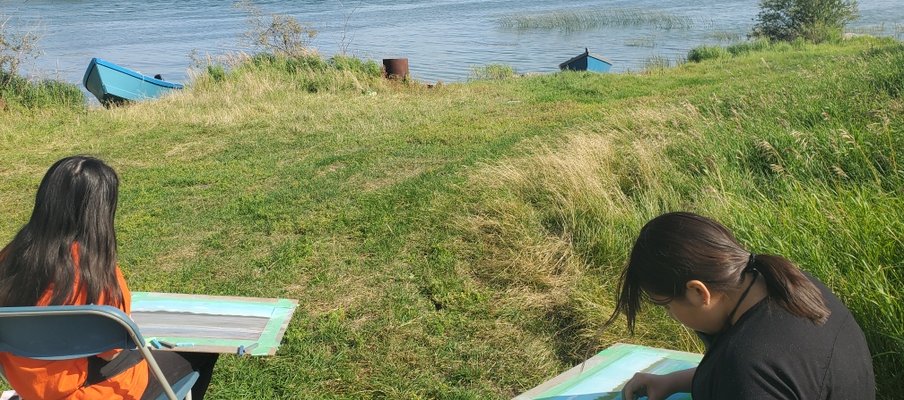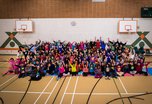New Partnership Supports More Northern Youth

Related Programs

SaskCulture is committed to nurturing stronger partnerships to achieve better outcomes. Partnering with the Northern Sport, Culture and Recreation District (NSCRD) on the delivery of the Northern Youth Cultural Fund (NYCF) has helped to get funding into the hands of northern organizers who are making a difference in young people’s lives.
The NYCF, formerly called Creative Kids Northern Cultural Fund (CKNCF), provides support for cultural, artistic or creative interactive activities for children and youth in northern Saskatchewan.
“We’ve been running the CKNCF for a number years, but we realized that the delivery model could be improved through partnership with the NSCRD,” says Catherine Folstad, supervisor, granting and technology, SaskCulture. “It’s been great to have NSCRD staff connect and work more directly with applicants in northern Saskatchewan.” Apart from providing the funds, SaskCulture also provides grant administration support through its Online Grant Platform (OGP).
Ryan Karakochuk, program manager, NSCRD, says the partnership with SaskCulture has been great. “We have great communication, frequent meetings and I have learnt a lot through their online system. We expect the impacts to increase with more programming, volunteers, new cultural leaders, use of facilities, more participation among youth and support from Elders.”
He adds that many of the projects funded this past year have had memorable impacts. The Dance Houpe Troope, for instance, allowed about 20 youth to learn new dances and travel around presenting at festivals and banquets. “Another one was a hip-hop workshop where facilitators came down to teach many youth hip-hop and the youth were able to make their own recordings.”
In the first year, the partnership has supported 13 communities to complete cultural activities that they might not have been able to accomplish. “They were able to build leaders, volunteers, and new programs in their communities,” adds Karakochuk.

